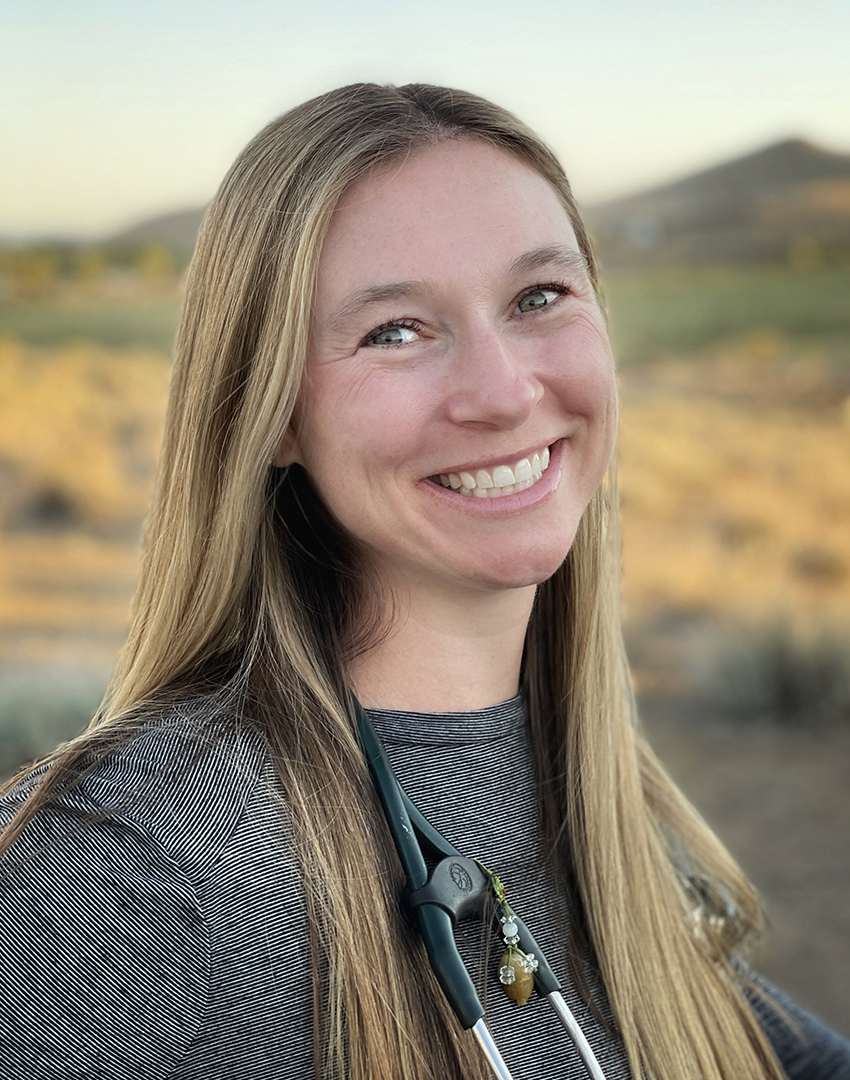Embrace the Rapidly Changing Landscape of Professional Medicine
Happy August to you all, and I hope you are enjoying a beautiful and (dare I say) smokeless summer in Northern Nevada. It has been a busy time for the WCMS as well, as we hosted another successful Annual Gala, this year at the Elm Estate. We had a great turnout and raised nearly $20K for the Society to be used for future CME events, social gatherings, and public outreach. Thank you to everyone who attended and supported us!
Our Northern Nevada physician community is growing and is continually diversifying, which was apparent at the Elm Estate event. We had the best turnout ever amongst young community physicians and medical students, a particular point of pride for me. I have always had an interest in state and local affairs related to medicine, but I am very pleased to see that interest expanding in a younger and a wider spread of the medical community. As I mentioned in my remarks that evening, I am a proud “doctor mom” and I truly appreciate the mentorship and friendships I’ve developed through my involvement with the WCMS. I owe a lot to the women who served before me, as well as those who have provided me with advice and mentorship throughout my medical education, training, and now as a young practicing physician.

As women now outnumber men in medical schools around the United States, our profession is coming to terms with this new reality: over half of new physicians are young women, who now enter a workforce that has been traditionally male-dominated and is associated with a slew of gender biases. Furthermore, these women are often of child-bearing age and will juggle growing, delivering, and raising children at some time during their education, training, or early in their practice. This will require our educational and training institutions, along with our employers, to evolve to meet these needs.
Now, I want to break away for a moment to recognize all the “doctor dads” who have been
and who are currently in practice and clarify that my focus on female physicians in no way diminishes the struggles of men and fathers in our profession. And some of the recently-gained advances have positively affected all parents, such as on-site childcare, unpaid or paid parental leave, and even parental leave in residency that doesn’t need to be “made up” at the end of training. I had both of my children during residency, and I had none of those things, but now they are commonplace and even expected.
We have all benefited from the recent evolution of medical training and the medical profession in addressing some of the gender disparities. By providing more resources for women, parents, or anyone who desires a positive work-life balance, we are beginning to fight some underlying causes of burnout, the next big barrier our profession faces. I eagerly await the next generation of physicians of all genders and identities, as together we embrace the rapidly changing landscape of professional medicine.